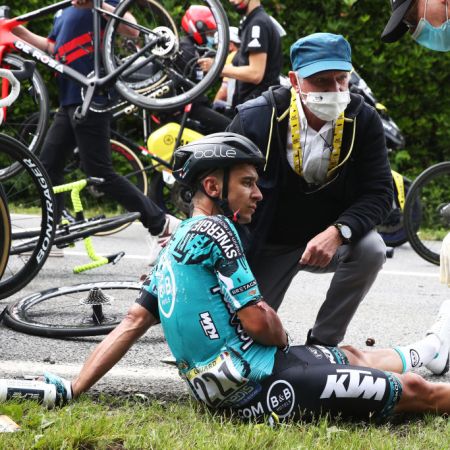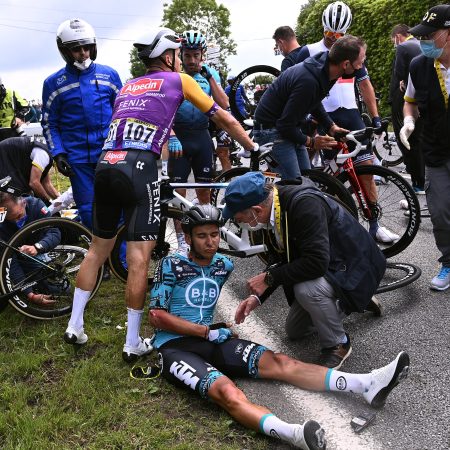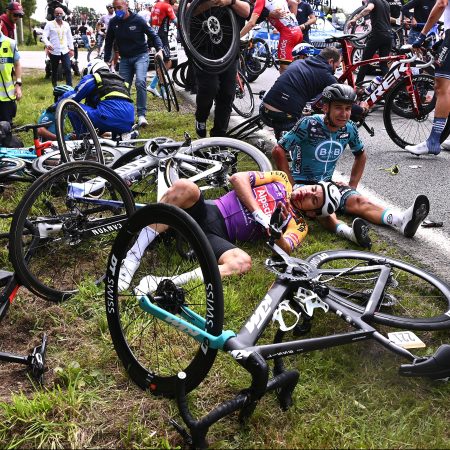Competing in the Tour de France includes a host of physical challenges, along with no small amount of logistical ones. Where competitors sleep is one big question, as is where they might go to use the bathroom. But there’s another question that comes to mind when you have a group of elite athletes in near-constant motion for hours at a time: how, exactly, do you get food to them?
In a new article for Atlas Obscura, Megan B. Wells examined that very topic. It turns out that, while the technology uses for bicycles might be constantly evolving, the methods by which food and drink get to the cyclists competing in the event remains relatively similar to what was used a hundred years ago.
Food and drinks are packaged in small packages called musettes, which are then handed over to competitors in a designated region of the course. The packages generally contain food that can be easily eaten while on the go, along with energizing drinks.
As Wells explains, the process of handing over food and drink to competitors is carefully regulated. For one thing, it can only be done from the right side of the course. The process of dispensing them is usually handled by a member of the racing team, the soigneurs — many of whom have years of experience at seamlessly handing the bags off to a cyclist in motion.
That isn’t to say that these operations are always seamless. Earlier in this year’s Tour de France, Thibaut Pinot was injured when his face collided with a musette in the feed zone. Crashes in the feed zone are not uncommon, and it’s one more aspect of the race that must be handled with precision and swift timing.
Thanks for reading InsideHook. Sign up for our daily newsletter and be in the know.


















